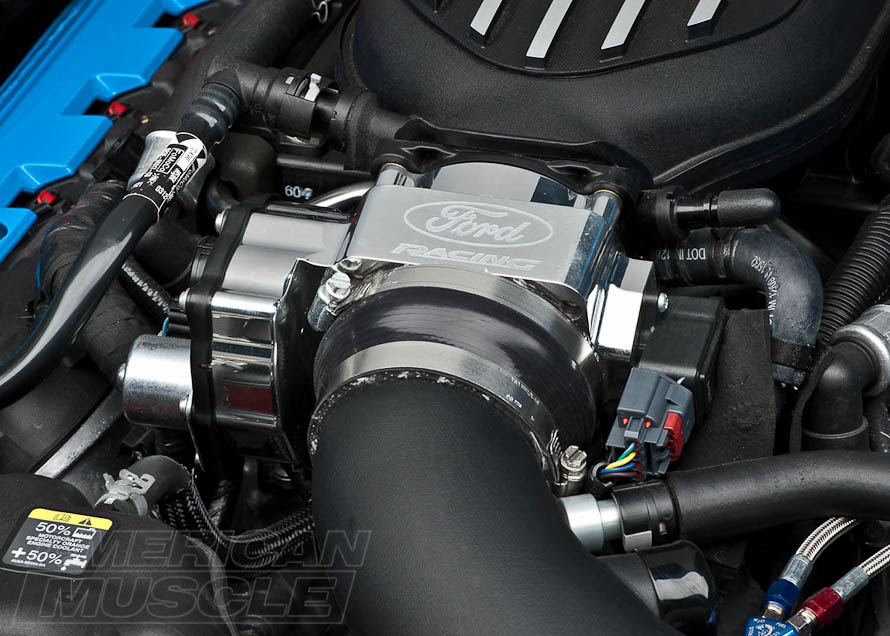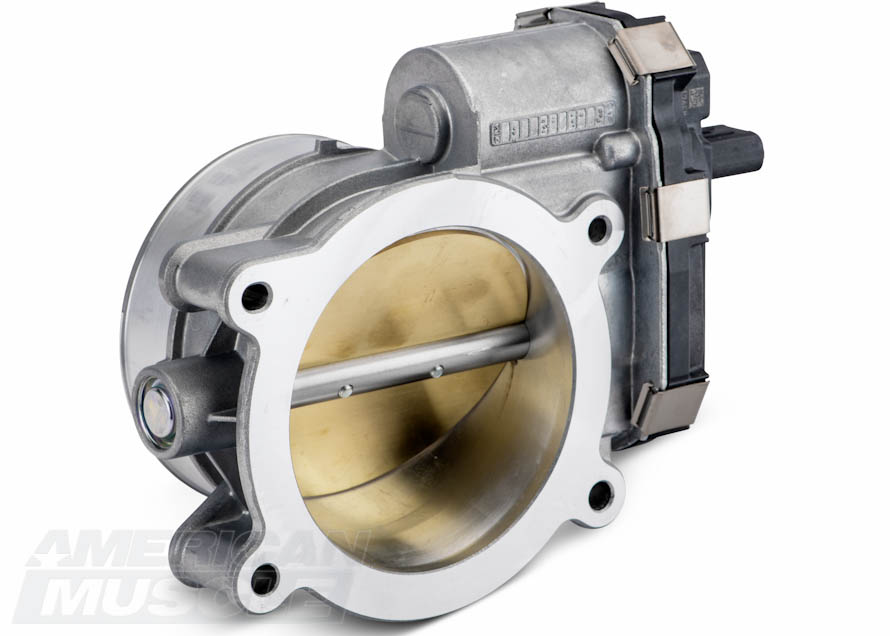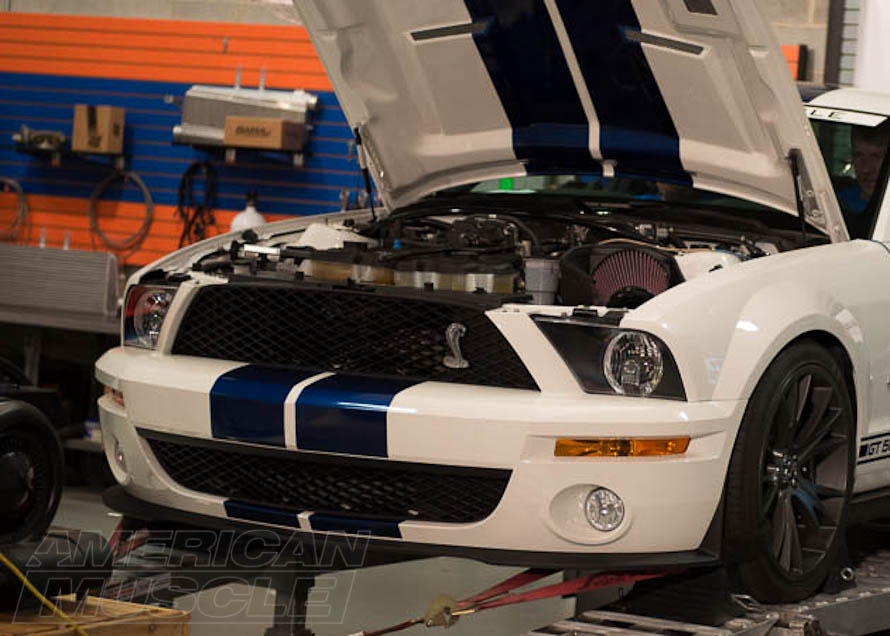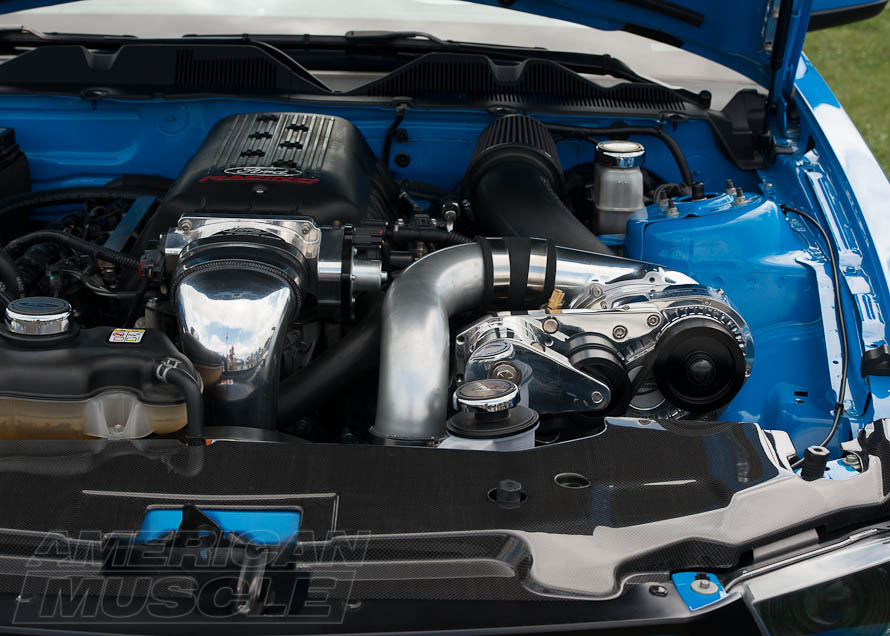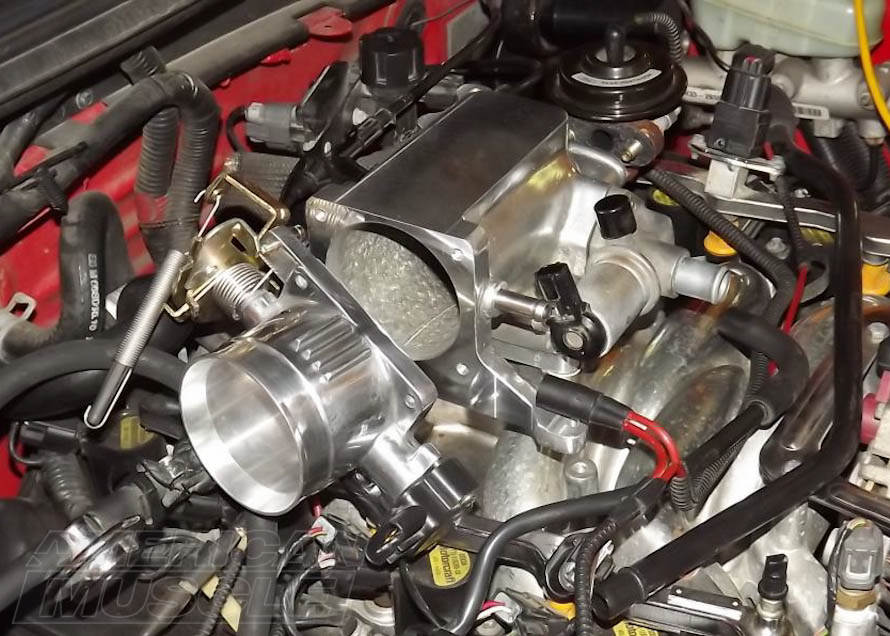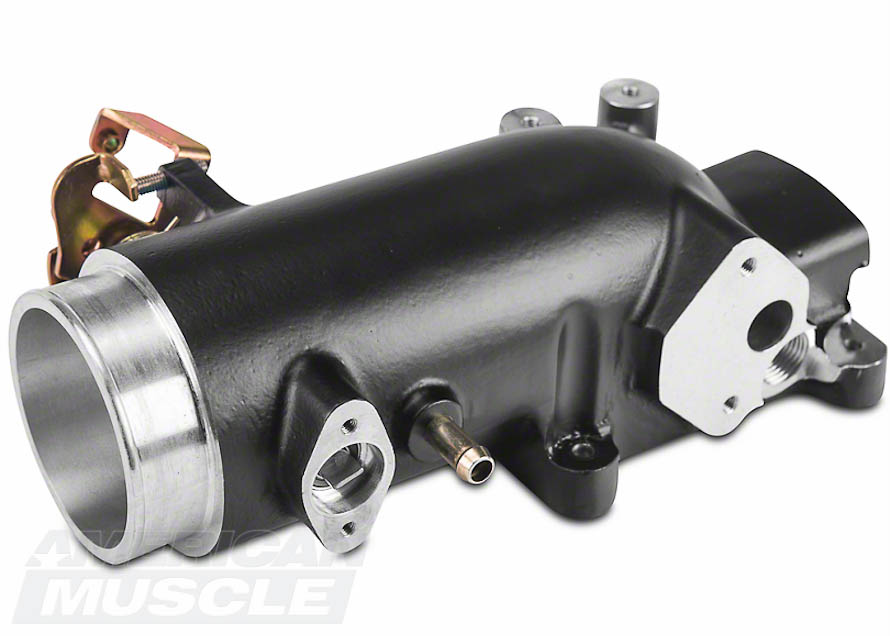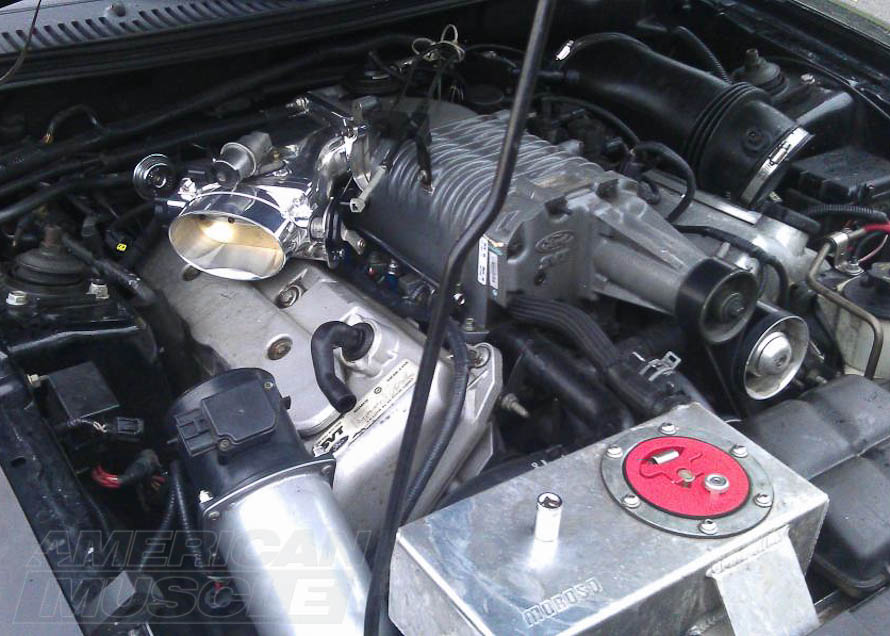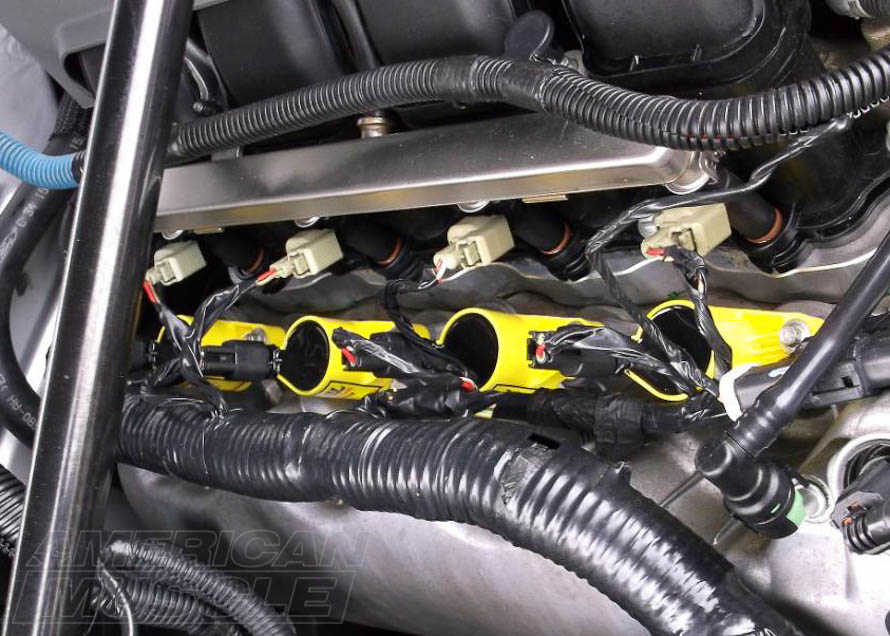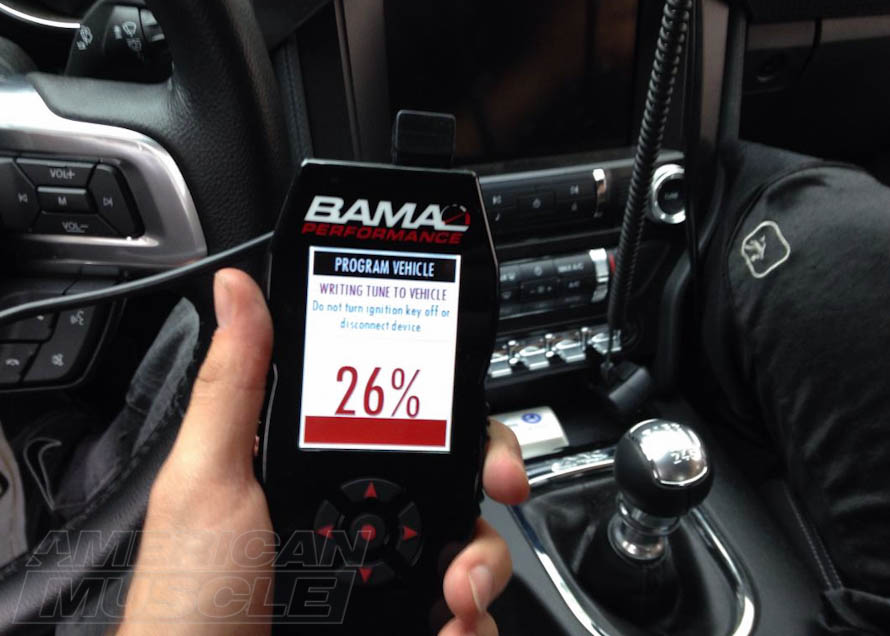Throttle bodies in the era of carbureted engines were designed to allow for more time for fuel and air mix together. Nowadays things are more advanced, but be it for race, drag, or daily driving, the concept behind them and their benefits remain the same. A throttle body might seem like a minor mod in relation to the broad scope of the rest of the engine. However, a throttle body is a great compliment to a high horsepower engine as well as a lightly modified build.
Contents
- How Throttle Bodies Compliment Power
- Why You Should Consider Changing Your Throttle Body
- When Should I Upgrade?
- Don't Go Bigger Than You Need
- Stock Mustang Throttle Body Sizes
- How do I Check the Size of My Throttle Body?
- What are Competition Style Throttle Bodies?
- How Does a Competition Style Throttle Body Work?
- A Mustang's Computer - Tune Required Throttle Bodies
- Mods that Benefit from a Mustang Throttle Body
- Why Get a Throttle Body Spacer?
- Will a Throttle Body Spacer Increase Horsepower?
- How Does a Throttle Body Spacer Work?
- Does a Throttle Body Spacer Require a Tune?
Shop Mustang Throttle Bodies
A throttle body is a great complimentary part to other mods like cold air intakes. Enjoy increased throttle response and air flow with an aftermarket throttle body!

